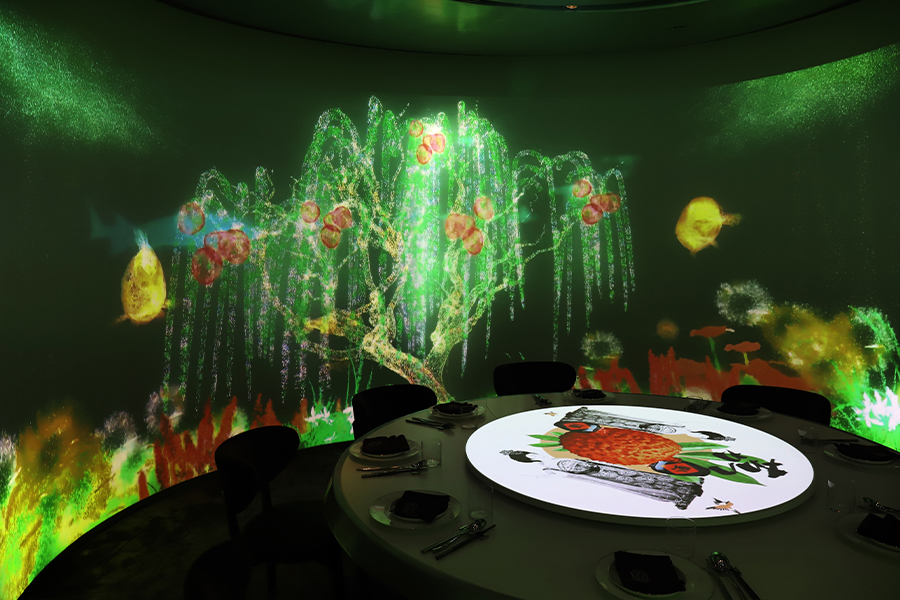At The WXO, we want to connect the dots across the Experience Economy and across the globe – so each week, we’ll be bringing you our round-up of the experiential stories that we think reveal something interesting, relevant or transferrable about the Experience Economy.
Welcome to the latest Experience Radar, where we’re floating down the Seine during a Dior spa cruise, turning artworks into accessories at the Met in New York, and enjoying a Tang Dynasty dinner at Jǐng in Hong Kong.
1. Dark Entertainment Is On The Rise
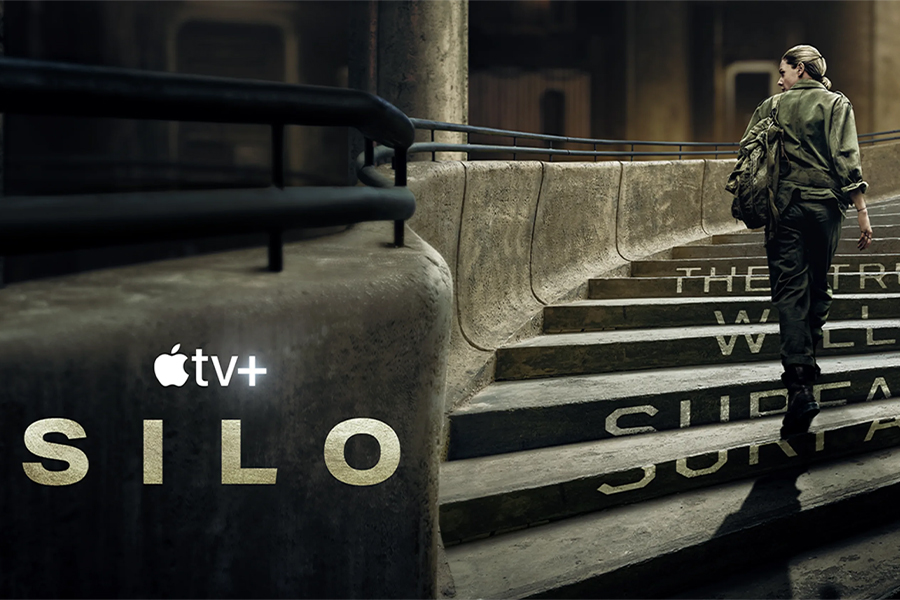
It seems we like a few chills with our thrills, as the trend for dark entertainment is on the rise. As reported by Wunderman Thompson, in our turbulent times millennials are turning to horror in order to have agency over their scares. The genre is enjoying a golden age in Hollywood through hits like Talk To Me, while games like folk-horror mystery Paper Bride are proving popular in China. The small screen is also having a heyday via dystopian shows like Apple TV’s Silo and HBO’s The Last of Us that delve into life’s darker side. In our era of uncertainty, people are using horror as an adrenaline high and also as a safety valve, allowing for fear to be experienced from within a safe environment.
Putting it to the test, Coltan Scrivner, a scientist at Denmark’s Recreational Fear Lab at Aarhus University – yes, it really exists – is at the forefront of pioneering research on horror. Scrivner views recreational fear as “an off ramp for anxiety”. The key is being able to control your environment during the experience, so you can dial down the source of fear if needed by turning the lights on during a film. For experience designers, participant wellbeing needs to be taken into account when creating terrifying content. “Exploring a darker side to curiosity can bring greater engagement. However, there should be an accountability and responsibility to this,” said Torquil McIntosh, founder of design studio Sybarite.
2. The Trends Redefining Immersive Experiences
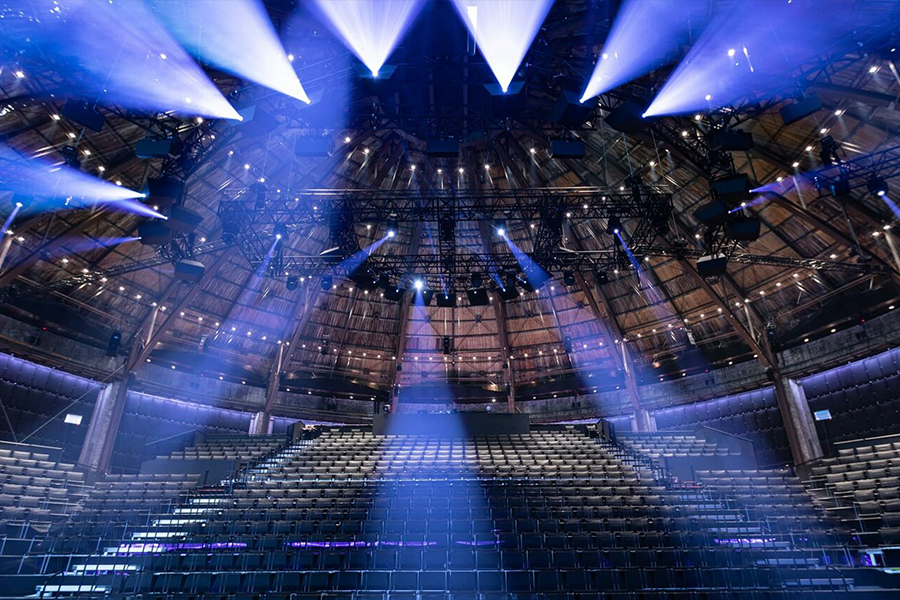
It’s been a pivotal year for immersive tech, with AI, VR and mixed reality edging ever closer into the mainstream. Helping to move the Experience Economy into exciting new realms, entertainment operators have been busy weaving cutting-edge tech into their offerings to provide visitors with ever-more engaging and interactive experiences. Led by the US, the immersive entertainment market is big business – according to BlooLoop, it will be worth $45.6bn by 2027. Chad Kunimoto, global business development manager for immersive entertainment at Panasonic, says the desire to create multi-dimensional experiences via scent, mist and spatial audio is pushing things forward.
“Our clients are eager to find ways of bridging the gap between audience and content to increase guest participation. They want to get the fundamentals right and then add layers to the storytelling, gameplay, or live performance to deepen engagement,” Kunimoto told BlooLoop, highlighting GasOmeter in Copenhagen’s recent combination of theatre with 360° projection mapping as an example of how to put a new spin on a traditional art form. She believes the future of smartphone gaming lies in AR, and feels designers have a golden opportunity to harness the power of smartphones within hybrid environments – a niche that hasn’t fully been tapped into yet.
3. Floating Spas Are Offering Next-Level Luxury
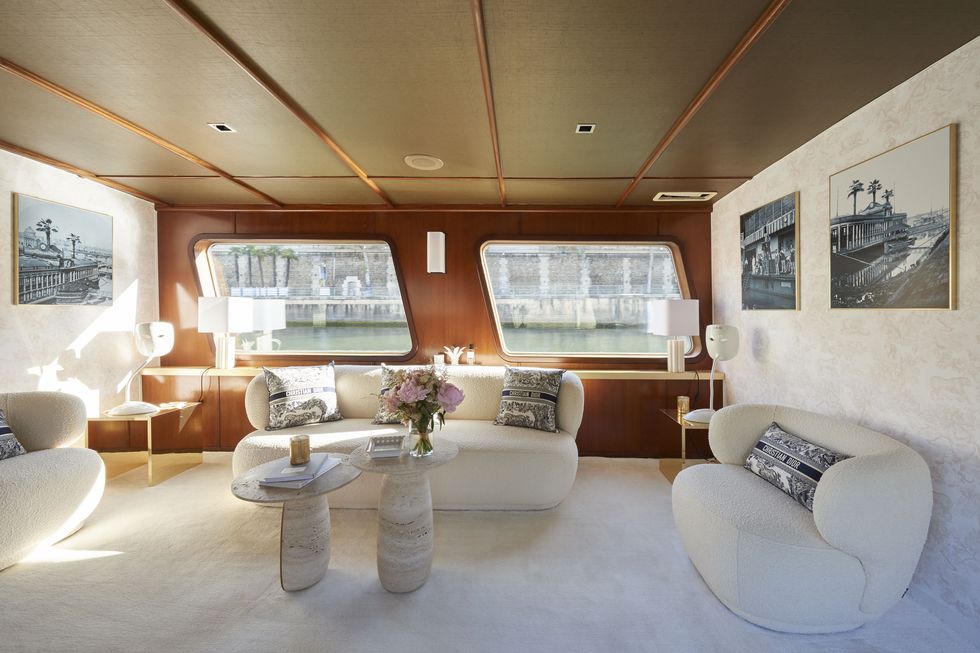
Fashion powerhouse Dior is taking the luxury spa concept to the next level via a floating version on a yacht. As reported by Condé Nast Traveller, the Dior Spa Cruise drifted down the Seine in Paris during Haute Couture week. Highlighting brand owner LVMH’s desire to offer consumers the chance to live the 360-degree lifestyle of their favourite brands, the yacht featured a juice bar, hot tub, sun deck with toile de jouy parasols and treatment rooms below deck. The spa experience begins with stepping into a pair of Dior slippers and enjoying a shot combining rose water, sakura and collagen on a bouclé sofa.
The treatment cruise includes a massage beneath toile de jouy sheets, followed by an hour-long voyage along the Seine. There’s also the option to squeeze in a workout in the on-board gym. Post treatment there’s the chance to refuel on energy-boosting snacks devised by nutritionist Rosemary Ferguson. The fashion house is taking its travelling spa concept even further with the launch of the UK’s first-ever train spa carriage aboard the Royal Scotsman. Inspired by Dior’s love of Scotland, the two lacquered treatment rooms decked out in burgundy toile de jouy are pure serenity on rails, and feature Dior products inspired by the Scottish landscape, including a calming body mist. Train travel has never felt (or smelt) better…
4. Eat-ertainment Is Hospitality’s New Buzzword
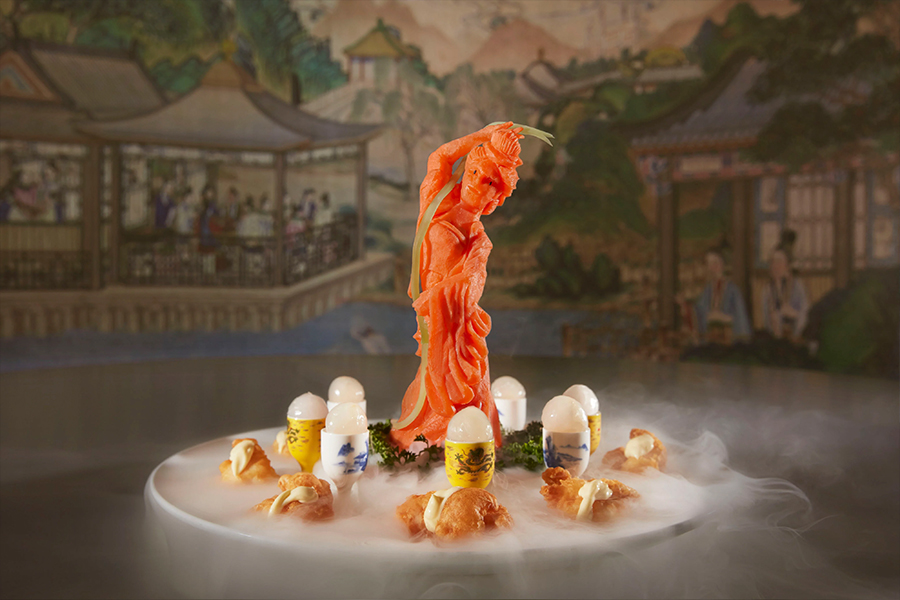
With the cost of living crisis biting and competition for entertainment spend becoming increasingly fierce, diners are expecting more from their restaurant experiences and operators are responding by letting them take a more active role in the proceedings. As reported by Backlash – the cultural intelligence unit of ad agency TBWA – in its Future of Food 2023 report, fine dining is getting an interactive spin and eating out is becoming more of a co-creative experience. “Good food isn’t good enough. We want a vibe; we want entertainment; we want to understand where something comes from; we want to participate; we want purpose,” Sue Chan, founder of Care of Chan, told Backlash.
Immersive dining concepts that aim to stimulate all the senses are on the rise around the globe. New to the party is Jǐng in Hong Kong, which transports diners back to ancient China via 360-degree visuals and sounds that change with each new dish. Jǐng’s eight-course culinary extravaganza takes inspiration from the Tang Dynasty, the Silk Road and Chinese poet Li Bai, and is accompanied by detailed narrations that make diners feel as though they’re part of a larger story. In New York, at omakase venue The Office of Mr. Moto guests have to crack a code to land one of the 14 spots at the white oak counter then solve a cipher to unlock special drinks pairings.
5. Extreme Tourism Trend Gathers Speed
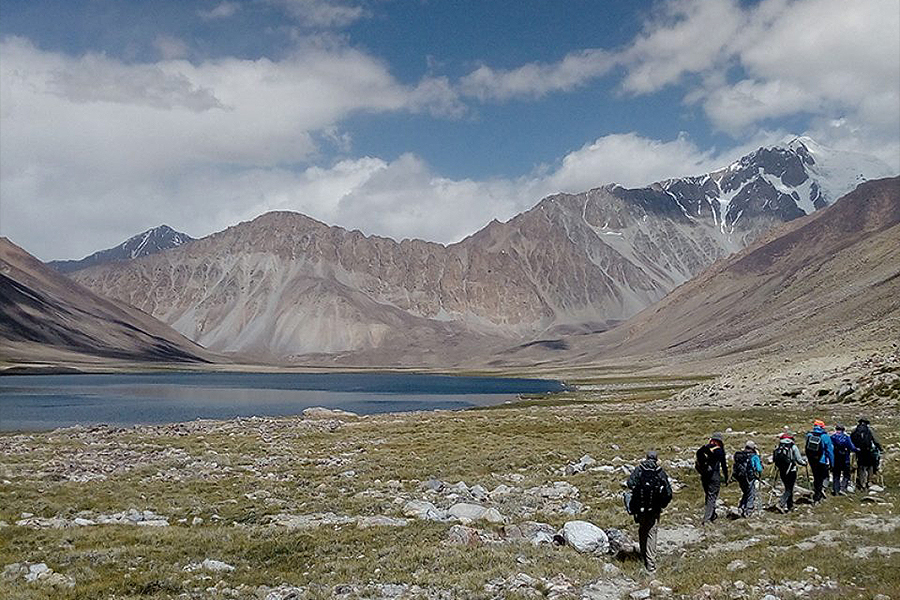
We recently reported on the growing trend for dark tourism, and now the Financial Times has explored the emerging trend for extreme tourism, in which wealthy dare devils are shelling out vast sums of money in order to be part of perilous expeditions up icy peaks that could cost them their lives. The trend is being fuelled by a desire to want to feel close to danger – death even – and experience the high of dancing with it yet living to tell the tale. These dangerous dreams are being pursued in off-grid areas, from the South Pole and active volcanoes to space – the final frontier of extreme tourism.
“It’s the same kind of thing that the Romantic poets talk about when they talk about the sublime in nature, the spectacles that take us out of ourselves and transcend the day-to-day human experience,” Amy Donovan, a volcanologist at Cambridge University, told the FT. She’s seen a surge in interest among travellers keen to visit erupting volcanoes, despite the dangers involved. The element of danger of certain activities is proving part of the appeal, rather than a deterrent – this year’s Everest season saw both a record number of climbers and deaths. Hoping to tap into the niche, Untamed Borders, founded by James Wilcox, offers trips to destinations including Afghanistan, Syria and Yemen.
6. Immersive Monet Heads To London
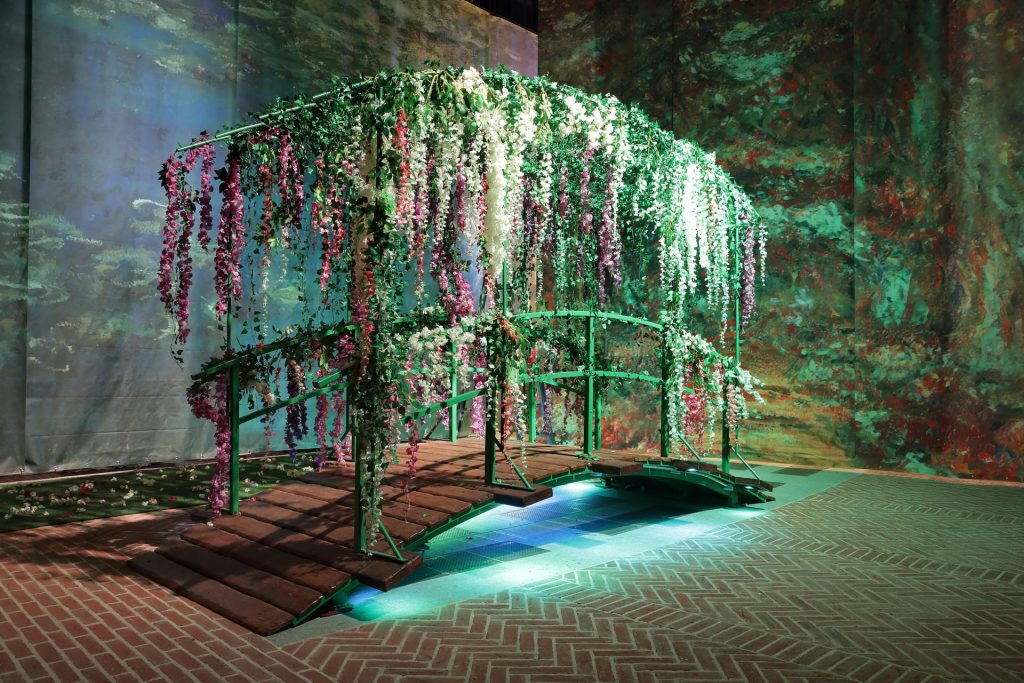
With everyone from Van Gogh to Frida Kahlo having been given the immersive treatment, the next artist to step into the limelight is French Impressionist Claude Monet, whose works will be flooding the walls at London’s Boiler House on Brick Lane in September. As reported by Secret London, Monet: The Immersive Experience is the brainchild of Exhibition Hub and aims to take art lovers on a multisensory journey into Monet’s world via a cutting-edge combo of 360-degree digital projections, spatial audio and VR, presenting the painter’s landscapes in an exciting new light. Attendees will have the chance to meander over the rippling waters of a lily pond, daydream from within a red-speckled poppy field and gawp at the golden shimmer of sun-drenched haystacks.
There’s even a chance for budding Impressionists to get their own artworks projected onto the walls. The show includes a standalone VR experience through the countryside Monet captured on canvas that delves into the artist’s various inspirations and artistic processes. While the appetite for immersive art has never been higher, things aren’t as rosy as they seem under the surface, as Lighthouse Immersive, the Canadian start-up behind the Immersive Van Gogh experience, has filed for bankruptcy in Delaware to protect the company’s US assets during insolvency proceedings in Ontario. Since its inception Lighthouse has sold over seven million tickets in 21 US cities, and recently worked with Disney on an immersive experience in 12 global hotspots.
7. The Met Joins Forces With Roblox
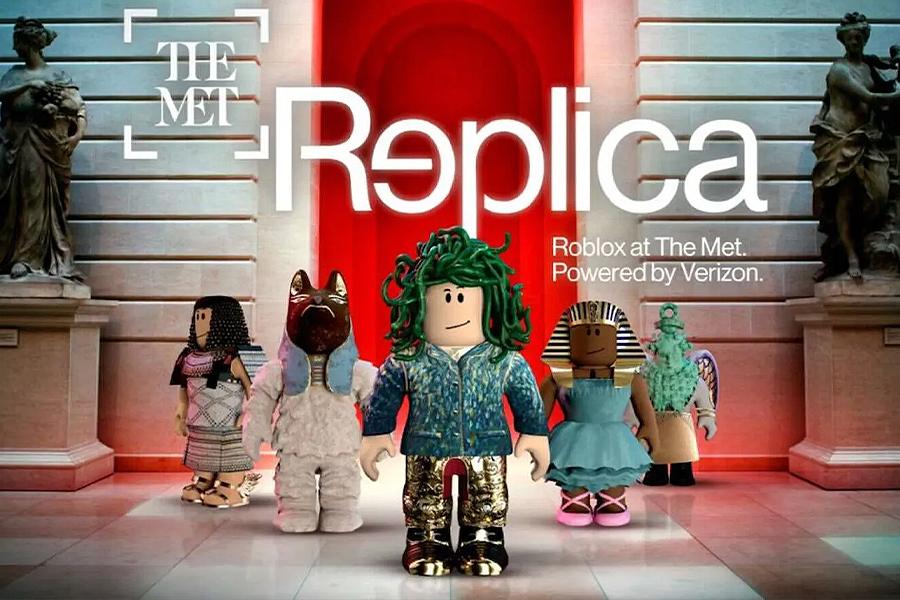
In other art-related news, New York’s Metropolitan Museum of Art has joined forces with online gaming platform Roblox to create an app that allows visitors to turn artworks from the museum into digital accessories through the power of AR. As reported by BlooLoop, the game – called Replica – was created in partnership with Verizon and includes a digital guide to artworks around the Met for those keen to delve into their history. While ambling around you can scan certain works and transform them into collectibles in Roblox, which will appear in the user’s inventory for their avatar to use as accessories.
The goal of the app, according to Kristin McHugh, SVP of marketing and creative at Verizon, is to help people to connect to art “in a new and culturally relevant way” and create “new possibilities for art education”. Each wearable accessory in Replica, including Van Gogh’s straw hat from his 1887 self-portrait, offers information about the artwork and its history. The Met’s CEO said the app would help to “transform the way visitors engage with art” and offer “a captivating, fun, and unique journey through the museum”. Roblox users can also enjoy a virtual version of the Met’s façade on the app.

